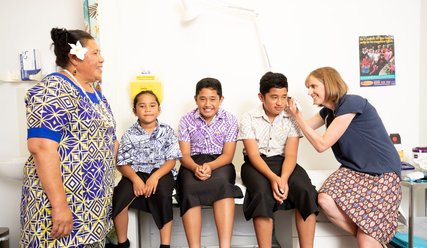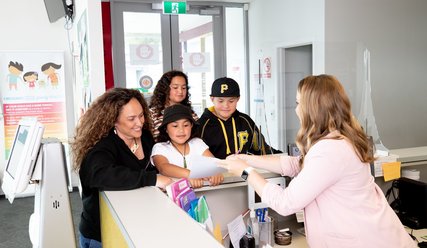Telehealth – offering equity via distance
Although delivering healthcare through a variety of methods is nothing new, ‘telehealth’ has become the current buzzword around the sector. Bolstered by patient demand and COVID-19 conditions, telehealth is an area most GPs are moving towards in some capacity, with varying levels of participation, across practices.
But what are the pros and cons and what actually is telehealth?
Telehealth is defined as the use of digital technology to provide healthcare where the provider and patient are separated by time and/or distance. Telehealth appointments can be delivered on the phone or via a video conferencing platform like Doxy.me, Zoom, or Skype.
A quick survey of GPs at the Teleheath workshop delivered at conference by Dr Ruth Large and Mel Juer showed that most favour telephone consultations with fewer consultations via video. The majority opts for a mixed bag of phone, video, and face to face options.
Although there are currently very few dedicated or timetabled telehealth sessions set in practices, one attendee mentioned a recent recruitment of two staff who were fully remote telehealth practitioners, in addition to a nurse who also offers remote assessments.
According to Mel Juer, who is new to the role of Programme Director for Collaborative Aotearoa after a long career as a GP in Northland, telehealth is transforming health and wellbeing outcomes.
“Forty to sixty percent of calls asking for an appiontment today can be solved on the phone. Telehealth gives GPs control of their day by offering appropriate care at the appropriate time.”
Mel is realistic about the sudden growth of this approach though, “there’s still a bit of work to be done to have multiple channels for access. We have the issue where GPs don’t know where their patients are any more. Are they in the carpark, the waiting room, or online?”
“There are end to end issues to work through. Access is via multiple channels where we need to direct patients to the right place first time.”
But as GPs, we may lean towards the security of seeing our patients in person, especially for the first meeting, so what are the advantages of opting for telehealth consultations?
Mel listed the following benefits:
- It values patients’ time
- It provide other options for access to care
- It increases capacity to cope with acute demand
- It frees up time for proactive and planned care
- It improves patient and provider experience
How can Telehealth improve equity?
- patients/whānau can access health care without having to take time off work, arrange childcare or incur travel costs
- Māori GPs can provide whānau level care when some family members may be away from home
- patients/whānau are better able to choose when and how they see their GP, including when they are away from their rohe
- Māori GPs have more flexibility about where they work and how they connect with patients/whāna
But these benefits come with a warning, “you can meet all the demand if you capacity, but you can only have the capacity if you know what the demand is. You have to analyse the demand, look at the data. This is a critical part of managing the demands of online delivery and ensuring capacity.”
To find out more about Telehealth, or to investigate online training in different methods of digital consultancy, see Digital Health - Digital Health.


